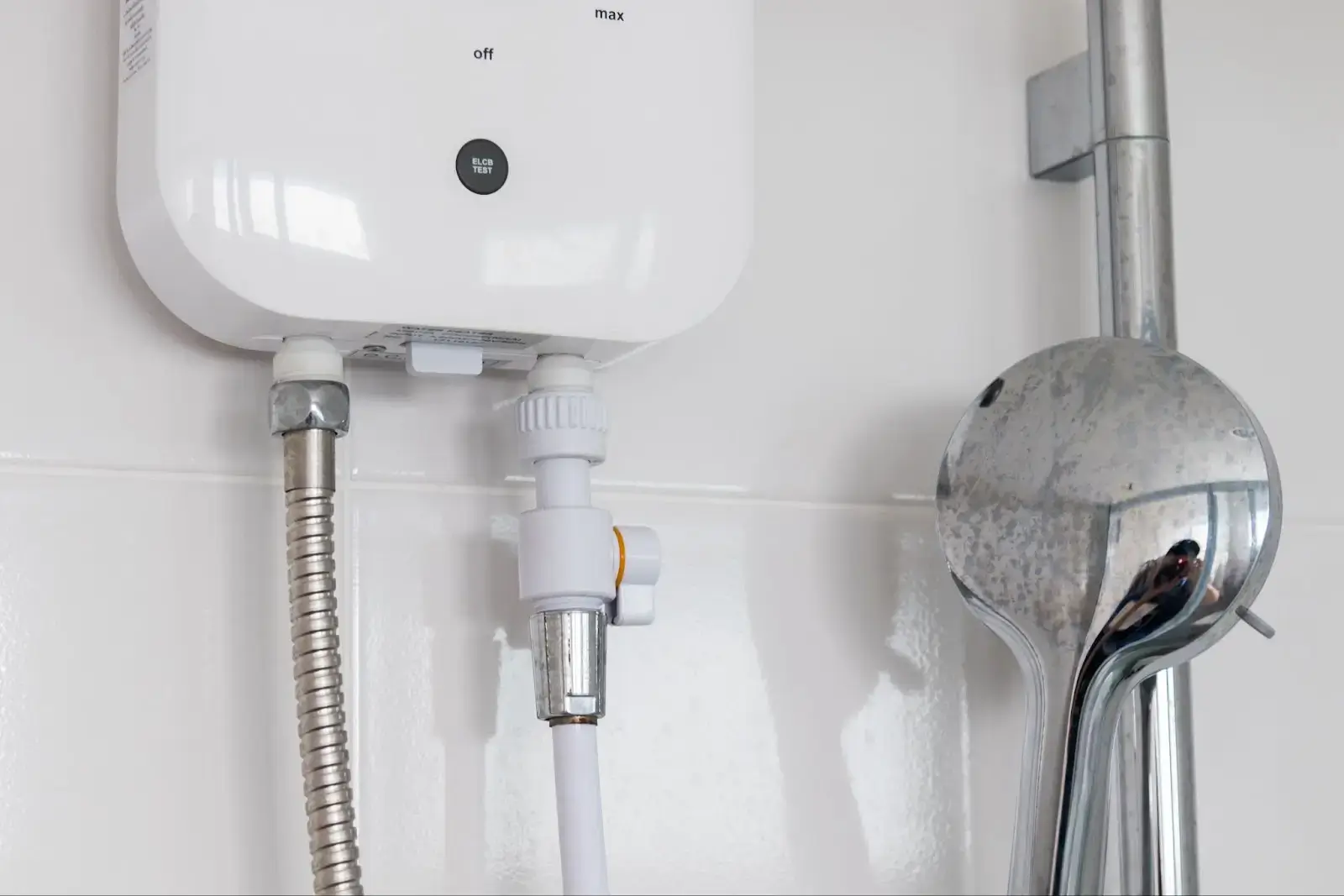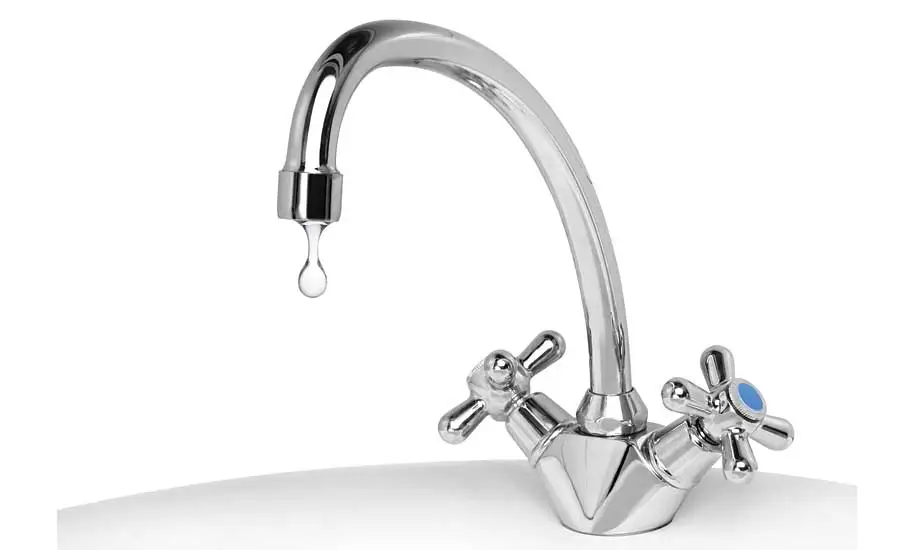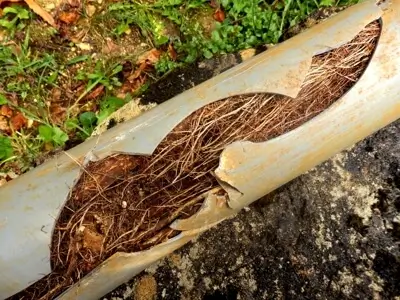Most Portland homeowners rely on their gas furnaces to keep their homes warm during winter months. Unfortunately, this doesn't mean that homeowners are savvy with the components that go into their furnaces. This lack of awareness frequently makes detecting potential furnace problems more difficult.
Flue pipes are a critical component in any gas-powered furnace. Without it, your furnace would be unable to function.
Continue reading to learn more about flue pipes and why they’re important.
What are Furnace Flue Pipes?
A flue pipe is a component that redirects exhaust gas from heating appliances in your home to the outside. You can have several flue pipes installed in your home for each heating appliance you have. For instance, you can have one designated for your gas furnace, another for your stove, and one more for your indoor grill.
Flue pipes are typically made of stainless steel liners or terracotta clay. These materials are preferred because they’re less porous than mortar bricks, preventing possible accumulation of toxic byproducts in the flue.
Flue vs. Chimney: What's the Difference?
A common misconception among homeowners is that they think flues and chimneys are the same. Although they’re closely related to each other, they’re technically two separate things.
The flue is the channel through which flue gasses from your heating appliances exit your home. On the other hand, the chimney is the structure or case that contains the flue. It prevents the flue from transferring heat to nearby combustible objects.
Unlike flues which are made of stainless steel, chimneys are constructed from stones, blocks, or bricks.
Why is a Furnace Flue Pipe Important?
Furnaces have combustion chambers (either open or enclosed) in which fuel mixes with oxygen in the air to create combustion byproducts and release heat. Combustion gasses such as carbon monoxide are toxic to people. Without a flue pipe to redirect this exhaust gas out of your home, you and your family will beat risk of carbon monoxide poisoning and other physical side effects.
When exhaust gasses come in contact with combustible objects, such as wood or paper, it can put your home at risk of catching fire. Another way a flue pipe can save your home is by preventing exhaust gasses from reaching these combustible items.
A flue pipe is made of metal and has an insulated covering. It's often sloped toward the chimney. This permits exhaust gasses to freely enter the chimney and out into the surrounding environment.
How Does a Furnace Flue Work?
The furnace flue pipe has a damper inside the stack that adjusts the pressure difference between the furnace air and outdoor air. This pressure difference forces exhaust gas out of the furnace's combustion chamber and into the flue pipe. The gasses proceed up via the flue after passing through the heat exchanger.
Most flue pipe systems use the “natural draft” principle, which is essentially the ability of flue gasses to rise out of your home voluntarily.
Flue gasses produced by your furnace are significantly hotter than the incoming air. The damper uses a natural draft to assist the flow of exhaust gasses up the flue pipe for venting. It also prevents exhaust gasses from flowing back into your home.
Inadequate or excessive pressure in the flue pipe can cause problems that can damage the flue system. When the flue pipe stops working properly, exhaust gasses can have difficulty exiting your home, leaving you vulnerable to carbon monoxide and other hazardous gasses.
Narrow flue pipes, excessive joints, and too many horizontal sections are a few things that may cause excessive and inadequate pressure in flue pipes.
What are Draft Inducers?
Sometimes, a natural draft flue system won’t be enough to effectively vent exhaust gasses from your home. As such, some homeowners use draft inducers to aid the flue system in its job. This type of flue system is generally more expensive and uses substantially more energy. The upside, however, is that it ventilates your home more efficiently.
High-efficiency furnaces have draft inducers that aid with their functions. It looks like a small fan and is typically installed near the furnace’s heat exchanger. A draft inducer increases the negative pressure difference inside the flue by increasing the flow rate of exhaust gasses. It accelerates the flow of gasses out of the flue, providing you with more fresh air.
Common Furnace Flue Pipe Problems
It’s not uncommon to experience furnace flue pipe problems, especially if you’re installing a new furnace. It could be that your flue pipe is incompatible with your electric or gas furnace. Or there could be something else causing the dysfunction.
If you notice something is off with your furnace flue pipe, don’t delay—contact an HVAC professional for inspection and repair.
Here are some common furnace flue pipe problems that you may run into:
Cracking
Cracks can develop on the furnace flue pipe over time. Typically, this is due to natural wear and tear or corrosion. When the flue pipe is cracked, this means exhaust gasses inside the flue can escape into your home. This puts everyone in your home at risk of carbon monoxide poisoning and other side effects.
Combustion gasses or exhaust gasses contain many acidic compounds, as well as moisture. This can corrode the stainless-steel sheets from which most furnace flue pipes are made, resulting in cracks and holes.
Leaking joints
Leaks can develop in the flue pipe joints over time. Metal expands and contracts as heat is applied to and removed from it. Since furnace flue pipes are made of stainless steel sheets, the same can be expected. When the metal sheets on the flue pipe expand, it loosens its joints, creating leaks and gaps.
Just as cracks can potentially release toxic gasses into your home, so can leaking exhaust pipe joints. If you notice even the smallest crack on any of your exhaust pipe joints, contact an HVAC technician, pronto. They will know how to resolve the issue before it gets worse.
Backdraft
Backdraft is when the exhaust gasses from your furnace do not travel out of the flue as they’re supposed to. Instead, it lingers in your furnace and home, filling the space with dark-colored smoke. Typically, backdrafts are caused by a malfunctioning damper.
A damaged or cracked damper can create negative pressure in the upper portion of the exhaust pipe. This pushes combustion gasses back down the pipe instead of pulling them out.
A missing flue cap can also cause backdrafts to occur. A flue cap controls the flow of air that comes into the exhaust pipe. It also prevents rainwater from entering the exhaust pipe. You can often see the flue cap installed right on the chimney crown.
If the flue cap is missing, debris can fall into the flue, or animals such as birds can construct nests in the pipe, causing blockages. In turn, negative pressure builds up in the top portion of the flue pipe, causing a backdraft.
Does Your Furnace Flue Need Maintenance?
Much like every other appliance in your home, the furnace exhaust pipe requires regular maintenance to ensure optimal performance. Whenever you use your furnace, a byproduct called creosote is created and sticks to the flue walls. Over time, this can cause blockages and clogs in the exhaust pipe. As a result, the exhaust gasses from your furnace can’t exit your home.
Flue pipes can also develop leaks and cracks due to wear and tear or corrosion. An HVAC professional can detect the first signs of a problem before it gets worse. They can also provide you with effective suggestions on how to fix and prevent furnace flue issues.
Chimneys should also be examined on a yearly basis. Old clay flues break over time because of a minor chimney fire or the property sinking. Carbon monoxide can seep out of the flue and into your home if the chimney is also cracked. Creosote can also exist as a liquid and seep through chimney gaps.
A professional chimney and exhaust pipe inspection will inform you if your ventilation is in excellent shape. You may also use a camera to inspect the chimney for cracks or missing mortar joints between the flues. If there is a crack in the flue, it's a huge indicator that it's time to reline your chimney and flue.
Get Professional Heating Maintenance and Repair in Portland
Here at Sunset Heating and Cooling Electrical, our customers’ safety and comfort come first. We want all our clients to enjoy a toasty, cozy winter in Portland. Our services span beyond the limits of heating and cooling systems. Our expertise covers everything from furnace replacement, heat pump installation, thermostat configuration, and more.
Our technicians are skilled in the latest methodologies and techniques, ensuring our clients get the most out of their investments. Whether you need furnace repair services or plumbing maintenance, you can rely on us for the perfect solutions. Keep your loved ones warm with tried and tested heating services in Portland from us.
Reach out to our office today to get a free estimate.
CALL US AT (503) 500-5866
We are excited to serve you!







